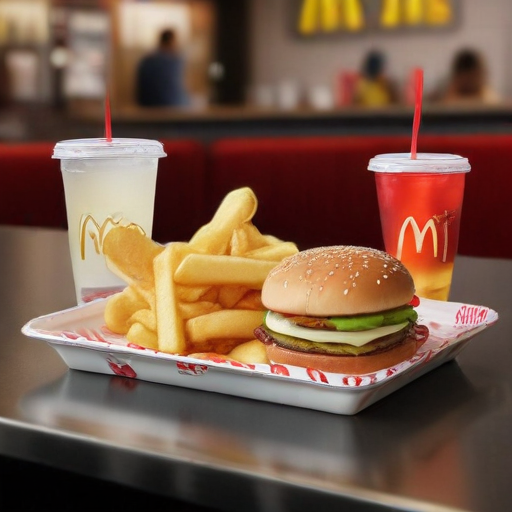McDonald’s is set to introduce a $5 meal deal, which while enticing for customers, is expected to yield only a modest profit margin for the fast-food giant. According to restaurant analyst Mark Kalinowski, the profit on this offering is projected to be between 1% and 5%, equating to roughly $0.05 to $0.25 for each meal bundle sold.
This promotional strategy is aimed at attracting consumers facing inflationary pressures and encouraging them to spend more once they are inside the restaurant. However, the profitability of this deal is subject to various external factors such as the fluctuating costs of ingredients, labor, and other overhead expenses.
Arlene Spiegel, president of Arlene Spiegel & Associates, suggests that the $5 meal deal is more about promotion than profit. She points out that while it may bring customers through the door, franchisees—who own approximately 95% of McDonald’s locations—have their own pricing autonomy and must contend with operational costs like rent, insurance, and taxes.
Spiegel emphasizes that the deal acts as a “loss leader” intended to attract and retain customers. Once all associated costs, including labor, packaging, and marketing, are accounted for, it often results in little to no profit for franchise owners on the items offered within the meal deal.
Despite the challenges outlined, this initiative reflects McDonald’s commitment to adapt to consumer demands during challenging economic times. By enticing customers with affordable meal options, McDonald’s not only aims to boost foot traffic but also to potentially foster customer loyalty in an ever-competitive landscape. This approach could pave the way for future innovative offerings that resonate well with customers, allowing both the company and its franchisees to thrive in the long run.
